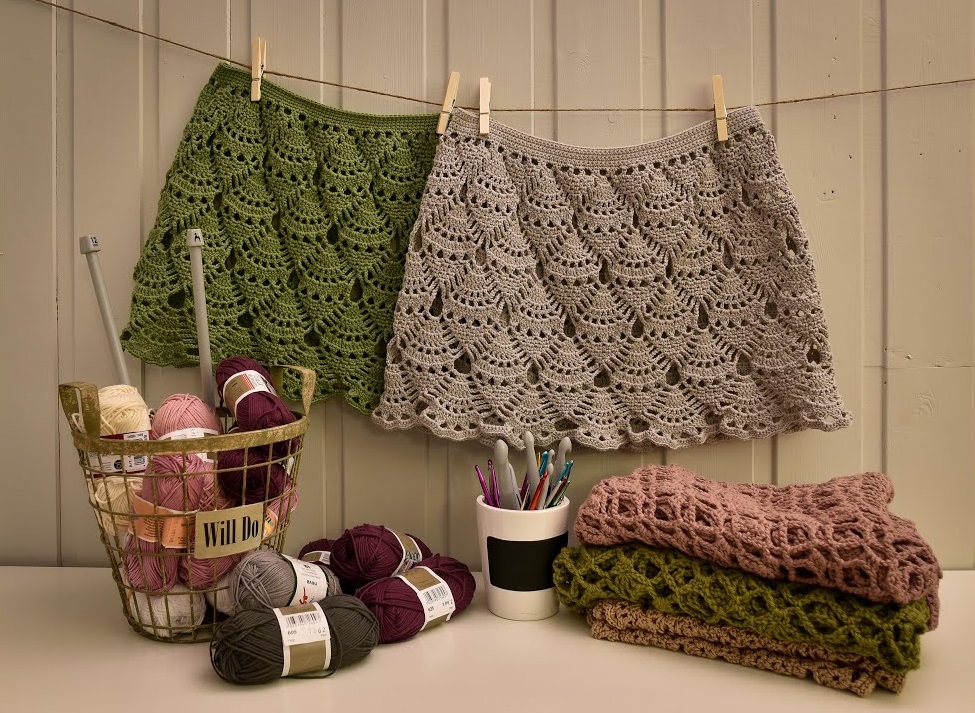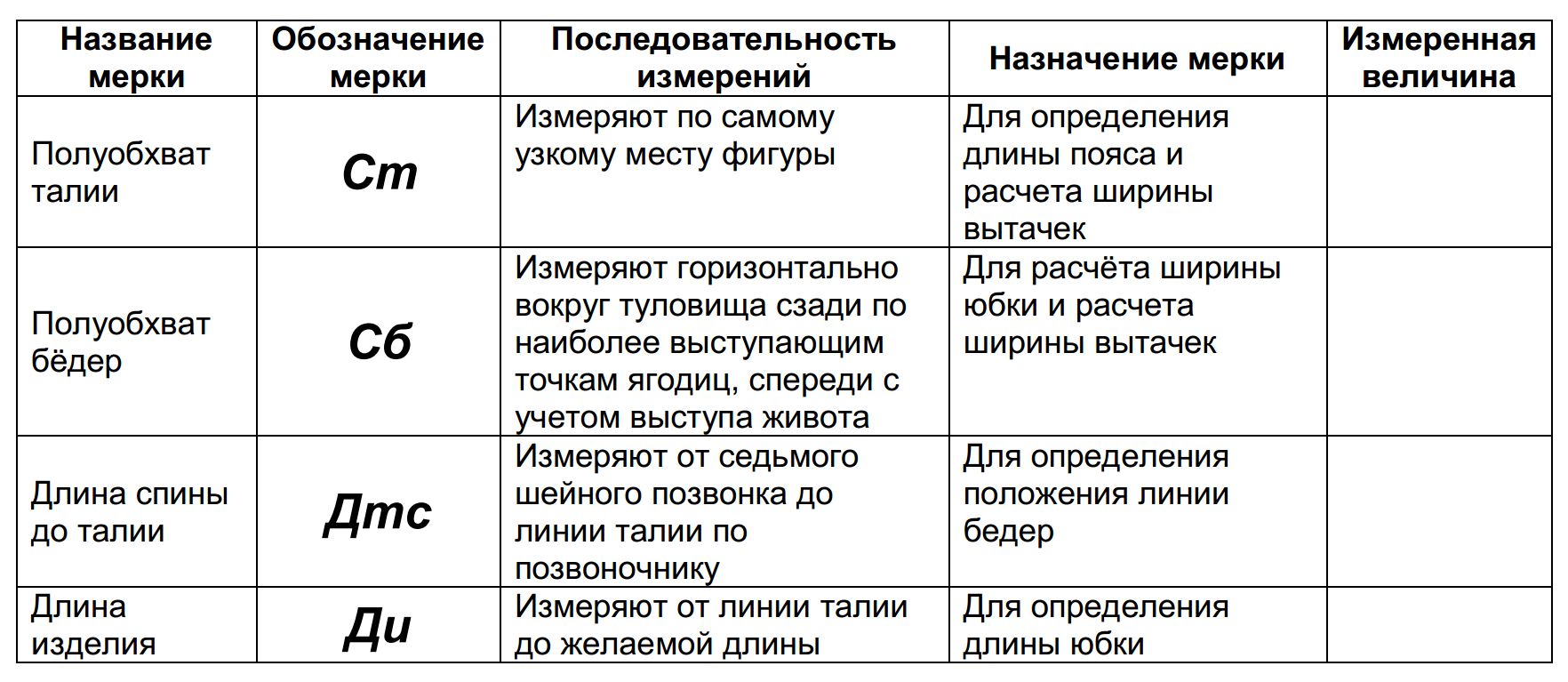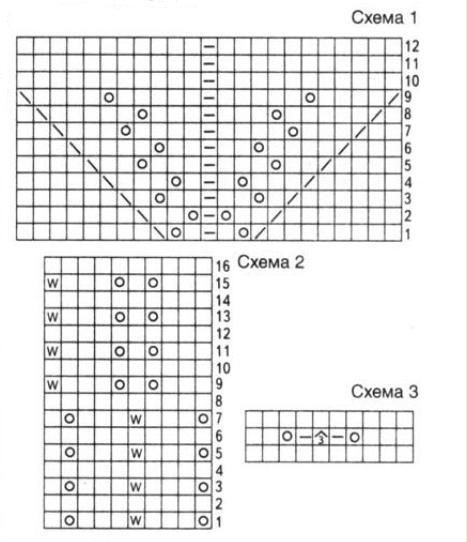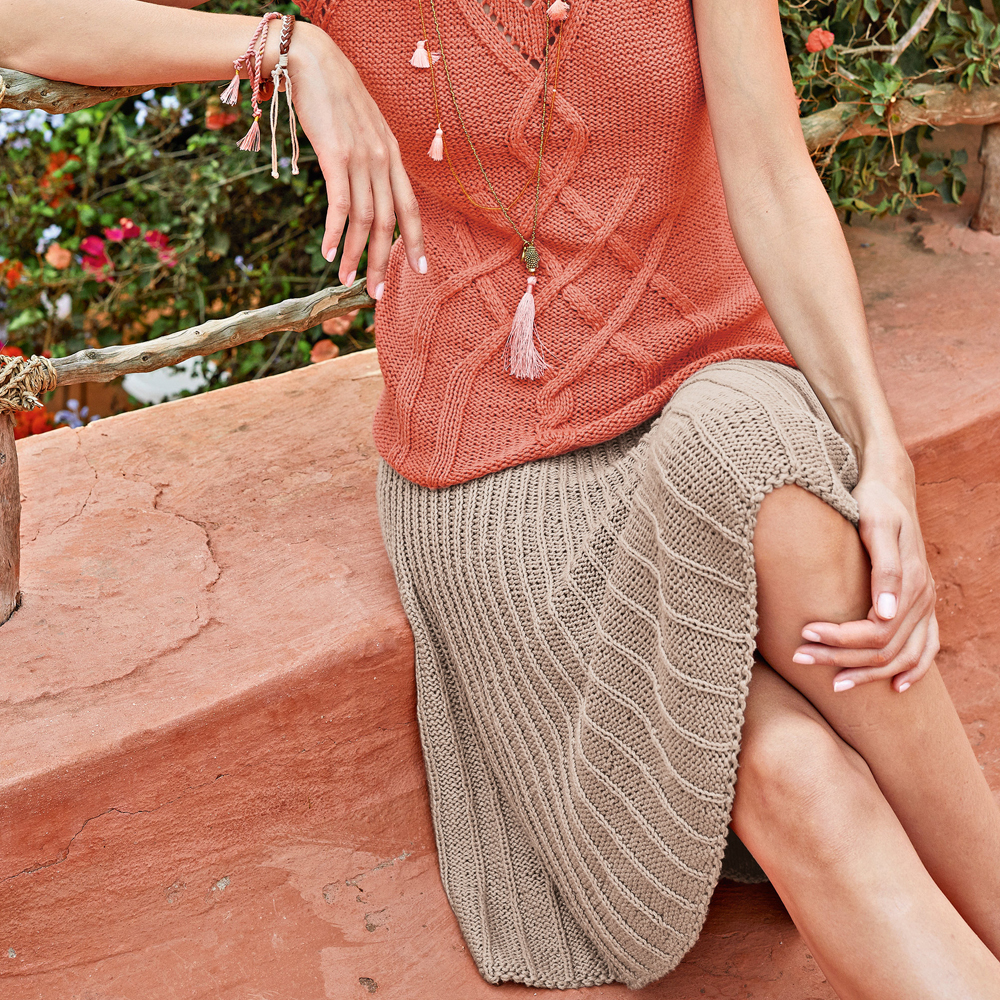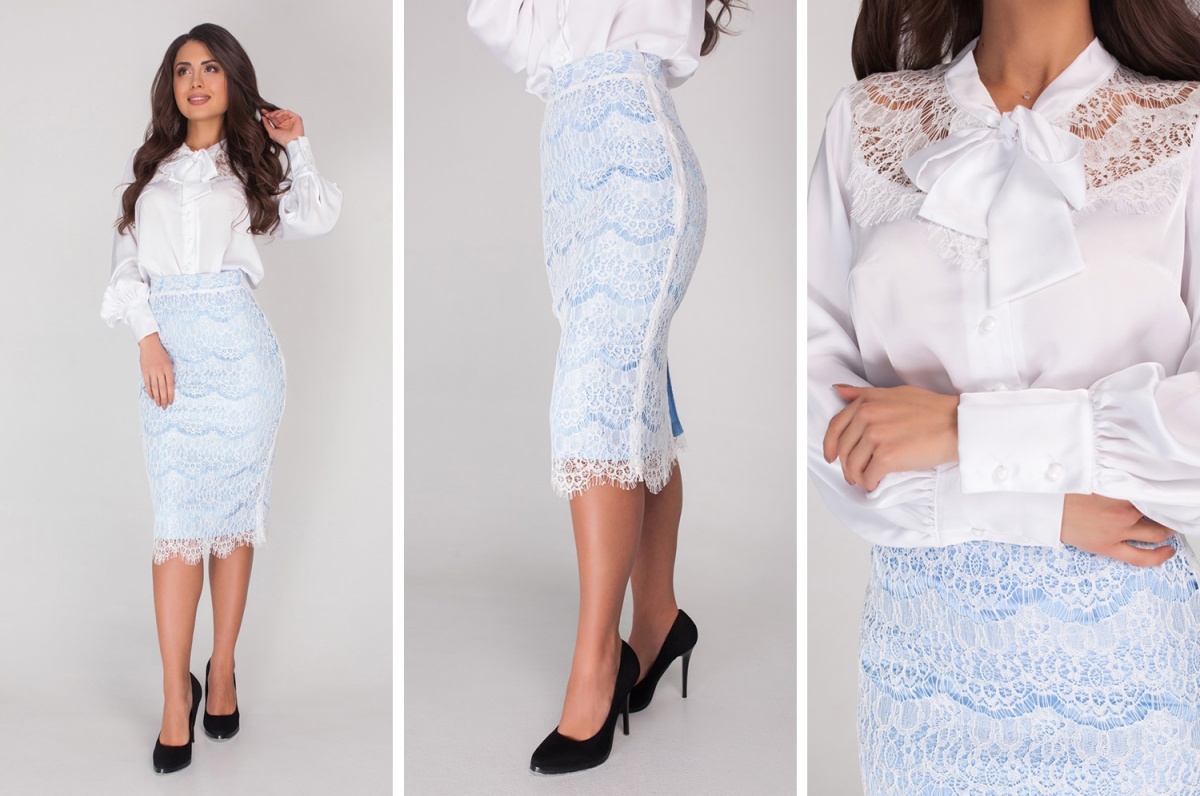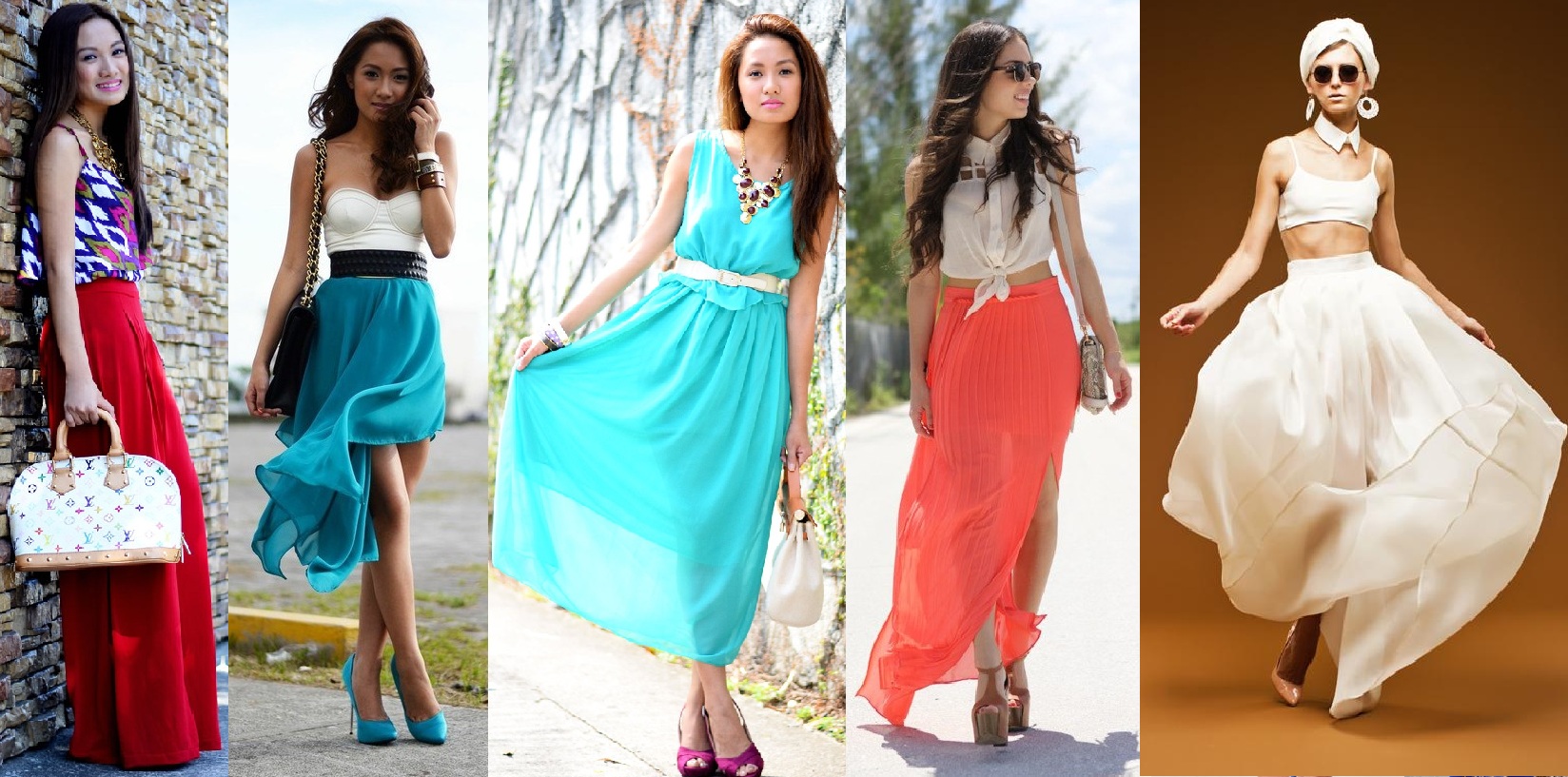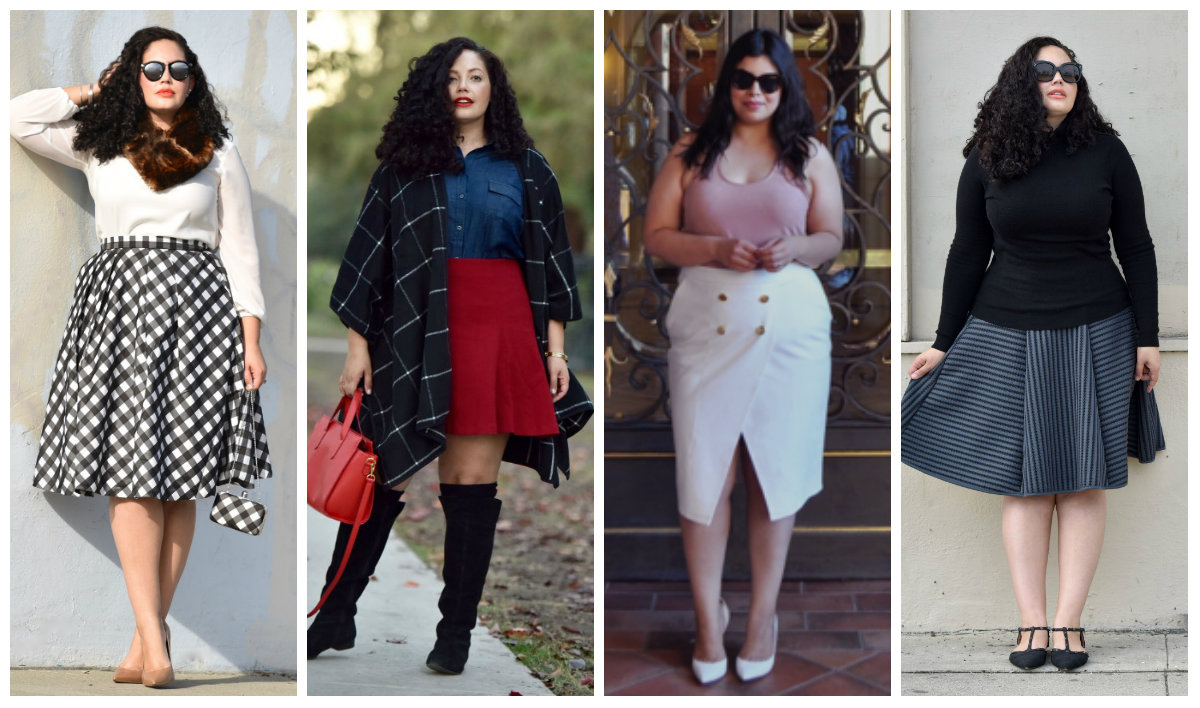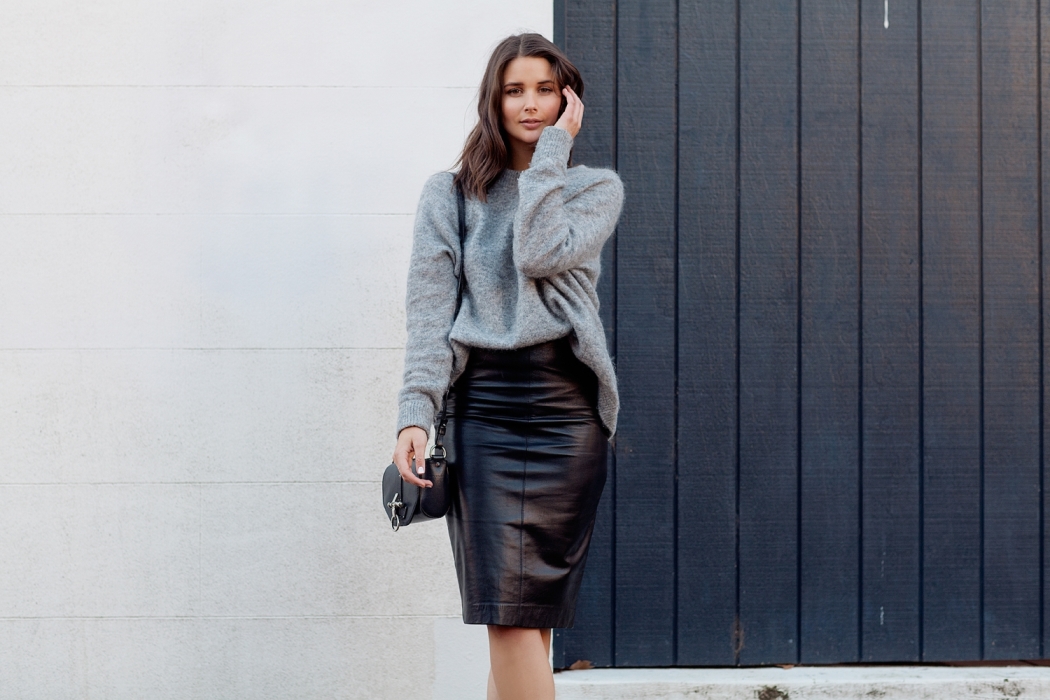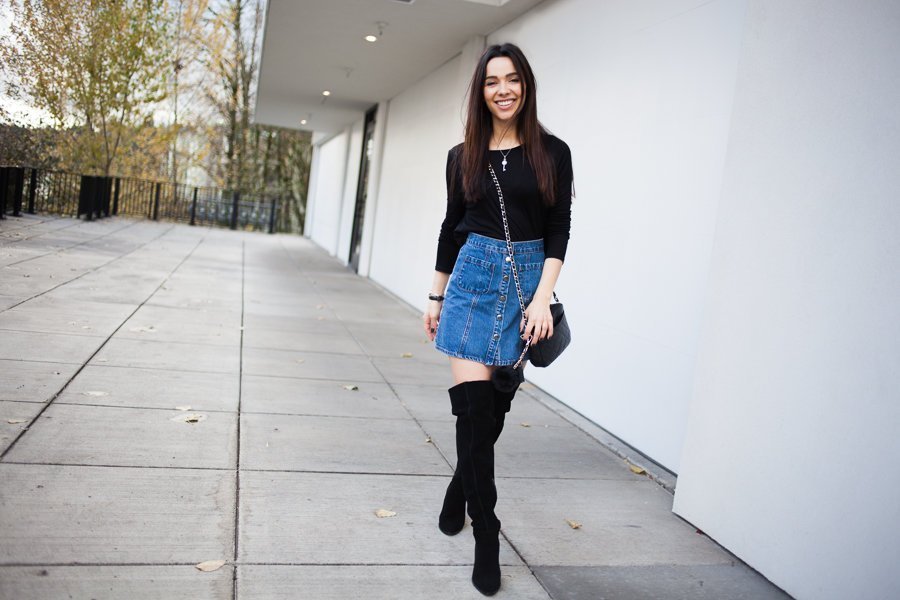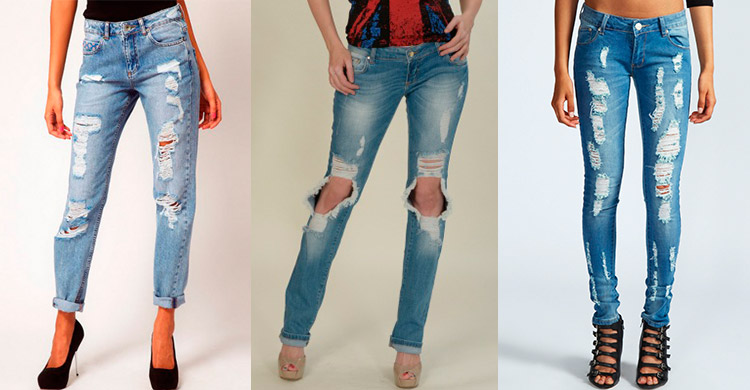Knitted clothes have long taken their place in women's hearts and wardrobes. Their main advantage is warmth, softness, and incomparable comfort. Knitted skirts - strict or playful, modern or vintage - give fashionistas of any age a special elegance and femininity. Their creation can be an exciting process for beginners and experienced craftswomen.
Materials and tools
Choosing yarn for a knitted skirt is a crucial moment. It determines whether the item will fit well, keep its shape or stretch out after the first wash. When choosing knitting threads, you should consider several criteria:
- compliance with the season and model;
- wrinkling;
- stretching;
- formation of pellets.
Wool yarn without lint is well suited for a winter product. Downy threads tend to roll and add extra volume to the hips. For the same reason, it is not advisable to knit a skirt from thick yarn or use large, loose patterns for it.
To ensure that the product keeps its shape and does not stretch, you can use wool thread with the addition of elastane, silk, or nylon. A petticoat made of thin, slippery fabric will also help to avoid stretching.
You can additionally protect yourself from stretching the yarn by adding a spool of the same color to the main thread.
Examples of threads suitable for winter and demi-season skirts:
- Pekhorka "Australian Merino" - wool with a small addition of acrylic;
- YarnArt "Silky wool" - wool with silk;
- Estonian yarn "Kauni" - pure wool;
- Alpina "Paula" - wool with nylon and silk;
- Alize "Merino Stretch" is a wool yarn with acrylic and elastane.
A summer knitted skirt should be light, flowing, not restricting movement, so the best option for it would be thin natural yarn with a small addition of acrylic, viscose, microfiber or elastane. When choosing threads, you should focus on cotton, linen, silk.
You shouldn't knit a skirt from completely synthetic threads - they stretch quickly and don't hold their shape.
Examples of threads from which a summer skirt is knitted:
- Pekhorka "Natural cotton" - cotton;
- Kamtex "Mercerized cotton";
- Pekhorka "Brilliant flax" - flax with viscose;
- BG Garn “Allino” – cotton with linen;
- YarnArt "Summer" - cotton with viscose.
Lace knitted skirts can be worn with a petticoat. The exception is beachwear, which is worn directly over a swimsuit.
If the item is crocheted, you should take into account that it will take about 2 times more yarn than a knitted skirt of the same length. The item will be heavier and denser.
After you have chosen the yarn for knitting, you need to select the knitting needles for them. Usually, their number is indicated on the yarn label. However, sometimes it is necessary to change the diameter of the knitting needles up or down in order to obtain a loose or dense fabric. For example, by changing the size of the tools when knitting a skirt, you can adjust the fabric to your figure without darts.
For a pattern with braids, arans, yarn with pile, it is recommended to take knitting needles of a larger diameter than indicated on the label. This way the fabric will not be tight, soft. If the pattern is openwork, with an abundance of yarns, it is better to take thinner knitting needles so that the ornament is clearly visible.
If the skirt is made up of separate pieces and not knitted in a circle, you will also need a sewing needle and matching threads to make it. You will also need an elastic band or band for the waistband.
You don't have to sew on the elastic if you knit an elastic thread into the top of the skirt along with the main thread.
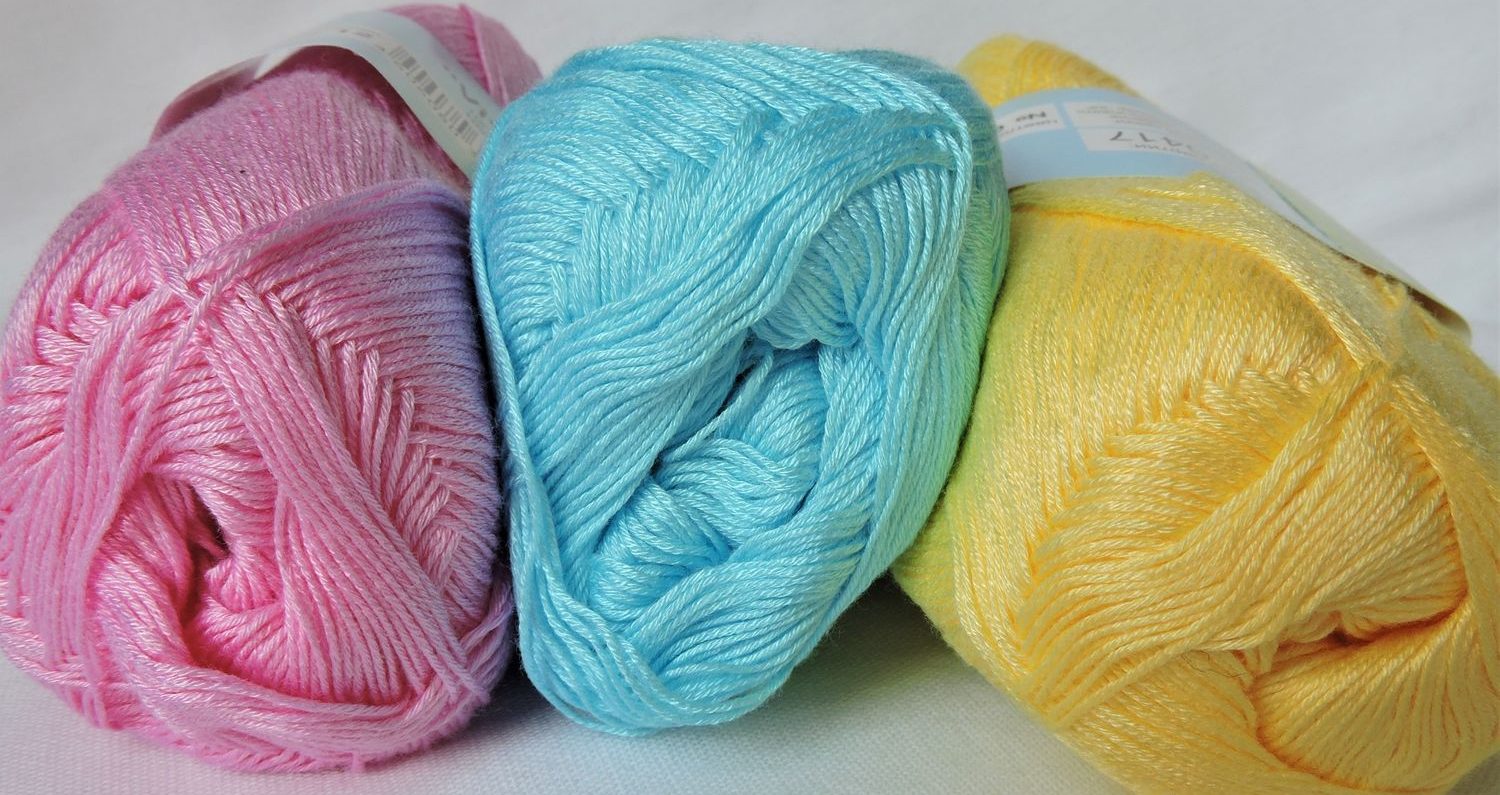
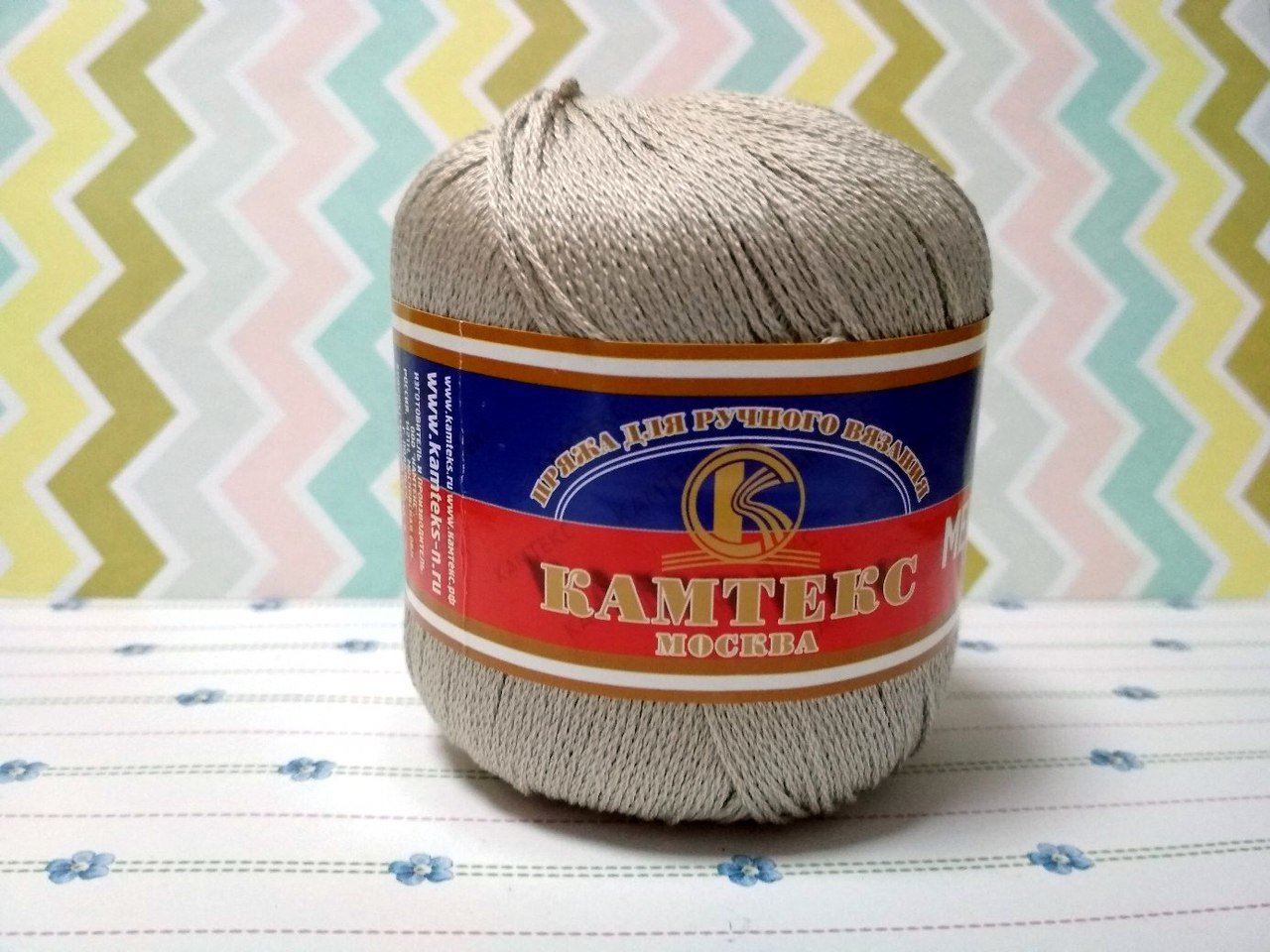
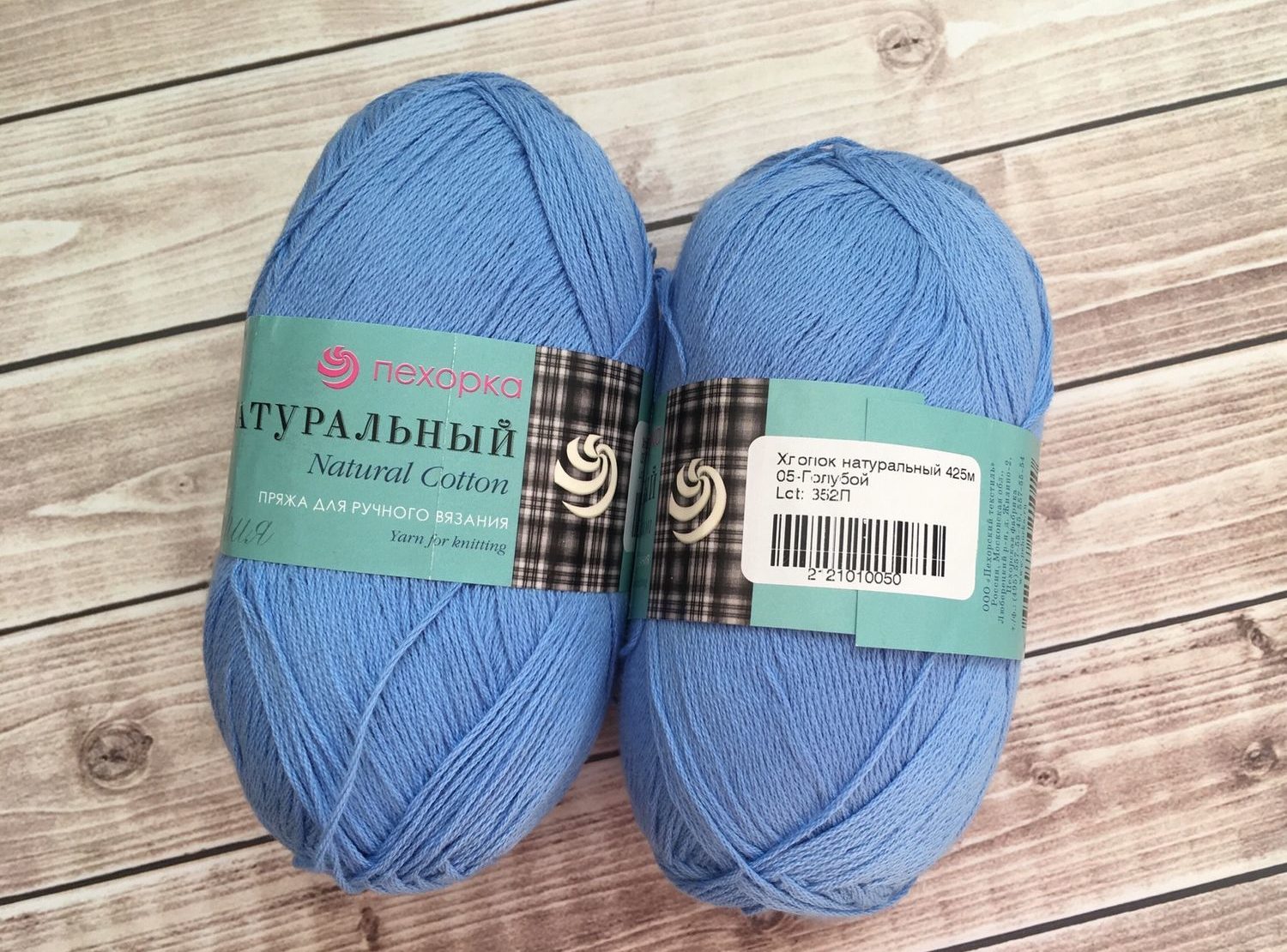
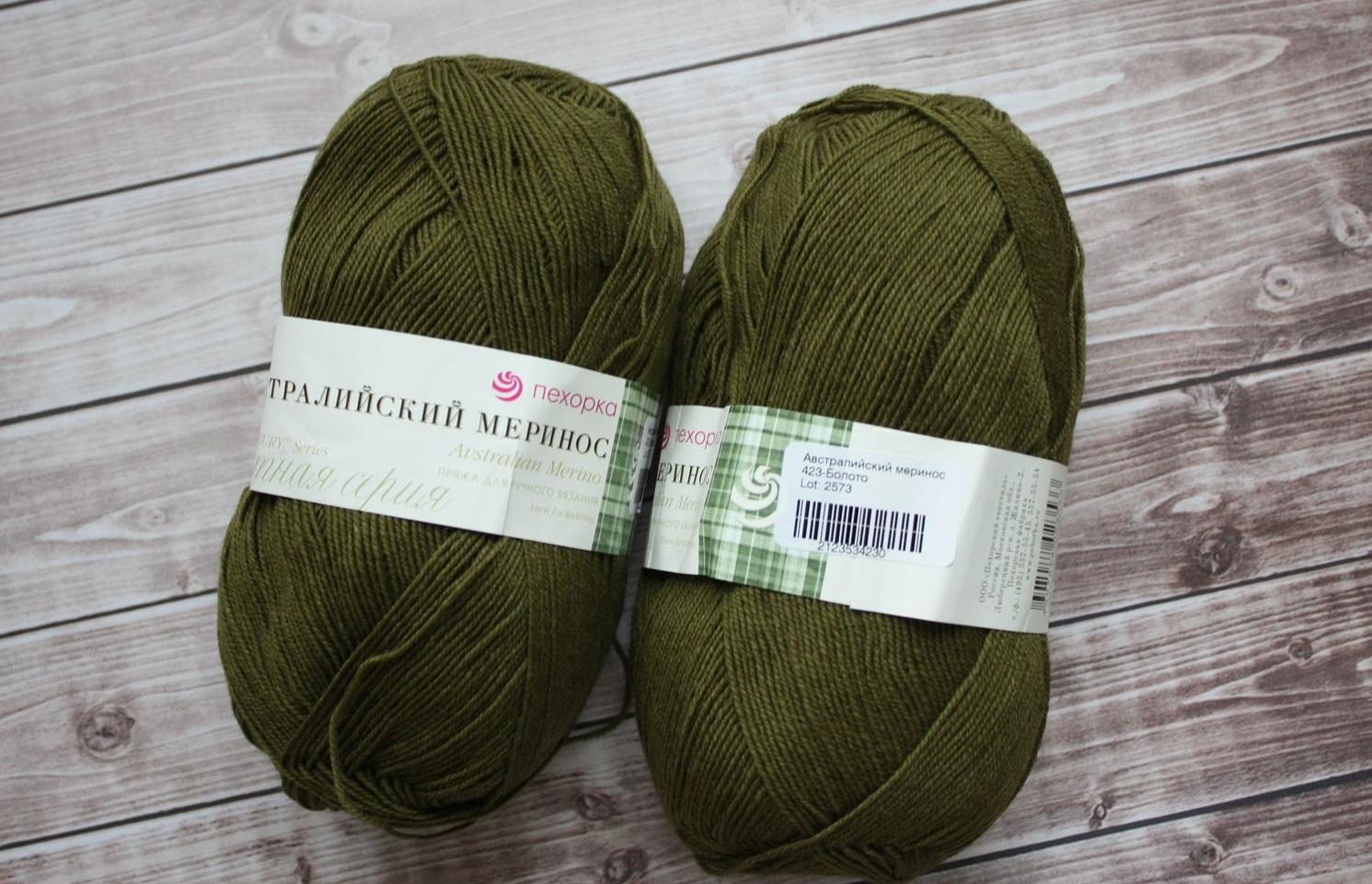
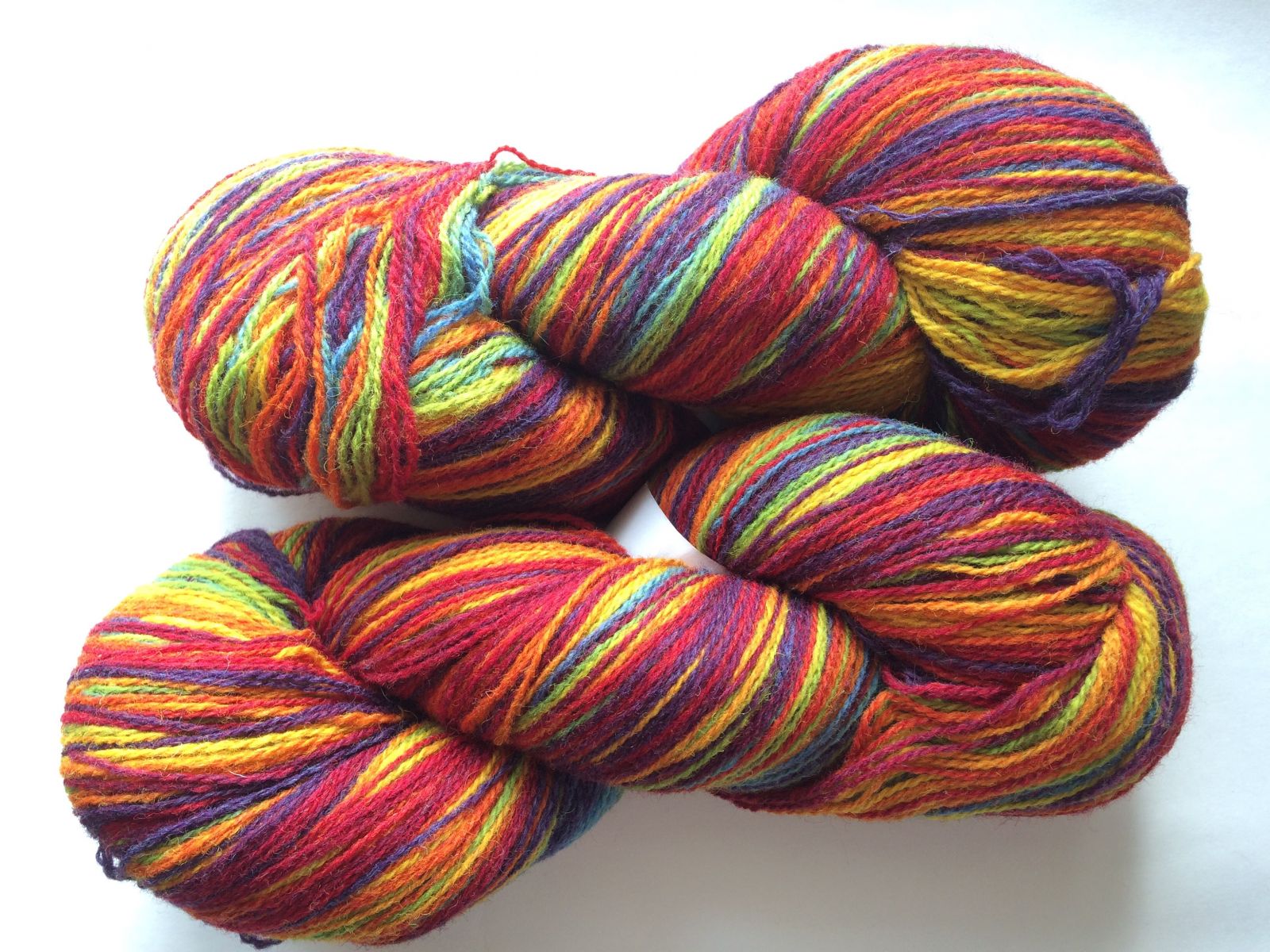
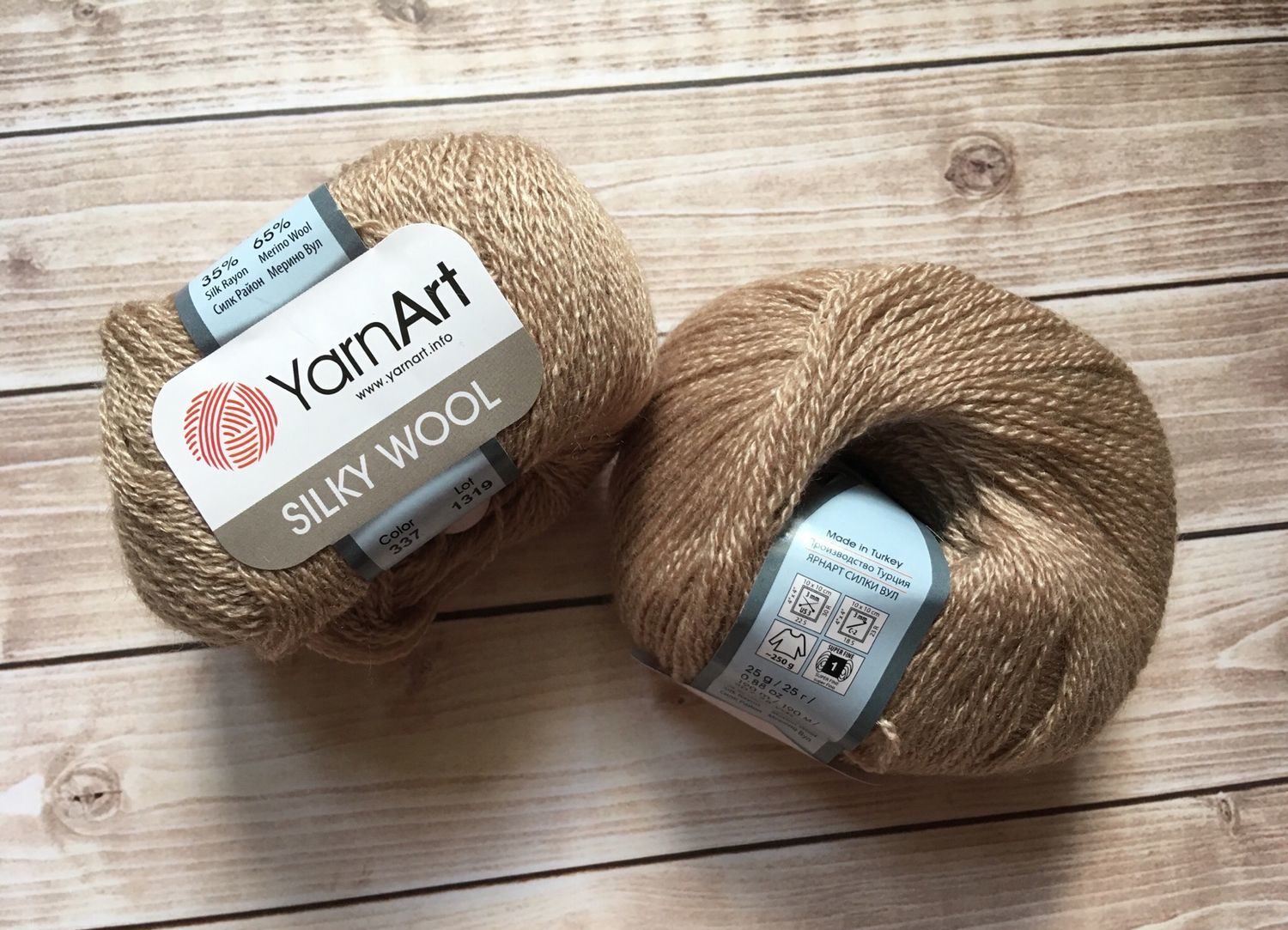
Measurements and calculations
In order for the item to look beautiful on the figure, you need to take the measurements correctly. For a straight skirt with knitting needles, you will need to measure the waist and hips. After that, you need to knit a sample with the selected pattern and determine how many loops you will need to dial for the waist. Then you should calculate what increase you need to make to get the hip volume. The difference is evenly distributed among the number of rows from the waist to the hips. This way, you get an expansion of the product according to the figure.
You can then continue knitting with the same number of stitches (for a straight skirt), decrease it (for a fitted pencil skirt) or increase it evenly (for a flared model).
For a sun or half-sun skirt, it is not necessary to measure the hips.
Another measurement that needs to be taken is the length of the garment. This is the distance from the waist down to the hemline. If you are planning a full-length skirt, the length should be measured on a model wearing heels.
When using a ready-made pattern, you need to adapt it for yourself. Depending on the knitting style, the number of loops indicated in the pattern must be adjusted, otherwise the item may turn out one size larger or smaller than necessary. The number of loops cast on also depends on the thickness of the yarn and the diameter of the knitting needles. Therefore, knitting a sample before starting the main work is a mandatory step that cannot be neglected.
After knitting, the sample must be wetted and dried to know how the item will behave after washing.
A sample is also indispensable for calculating the yarn that will be used for the product. Having made a piece of fabric measuring 10 x 10 cm, you can calculate how many threads were used for it, and then divide the area of the entire fabric for the skirt by 0.1. This calculates how many times more yarn will be used for the entire product. This number must be multiplied by the number of threads in centimeters for the sample. You will get the total footage for the skirt.
Step-by-step knitting algorithm
For beginner knitters, you can choose several simple models. For example, an evenly flared skirt with a simple openwork pattern or with an elastic band, such a product is quite easy to knit, using step-by-step master classes with diagrams and descriptions.
Openwork
A long, elegant and versatile openwork skirt is knitted with a rib and an openwork pattern from the bottom up. For a size 46 product you will need:
- semi-woolen yarn (370 m per 100 g) - 300 g;
- knitting needles No. 3, 3.5, 4;
- rubber.
Abbreviations:
- LP – front loop;
- ВМЛ – together front loops;
- H – yarn over;
- IP – purl loop.
We start knitting with needles No. 4, on which we cast on 146 loops. Then we transfer them to needles No. 3.5 and knit 3 rows with garter stitch. Next, we knit with an openwork pattern, all even rows we create LP. We start each row with 2 LP, finish with 11 LP.
- 1-2 rows: 1 LP, 1 H, 3 LP, 3 VML, 3 LP, 1 H, 1 LP;
- 3-4 rows: 1 LP, 1 LP, 1 H, 2 LP, 3 VML, 2 LP, 1 H, 2 LP;
- 5-6 rows: 1 LP, 2 LP, 1 H, 1 LP, 3 VML, 1 LP, 1 H, 3 LP;
- Rows 7-8: 1 LP, 3 LP, 1 H, 3 VML, 1 H, 4 LP;
- Rows 9-10: 2 VML, 3 LP, 1 H, 1 LP, 1 H, 3 LP, 3 VML;
- Rows 11-12: 2 VML, 2 LP, 1 H, 3 LP, 1 H, 2 LP, 3 VML;
- Rows 13-14: 2 VML, 1 LP, 1 H, 5 LP, 1 H, 1 LP, 3 VML;
- Rows 15-16: 2 VML, 1 H, 7 LP, 1 H, 3 VML.
When the fabric height reaches 24 cm, we begin decreasing. To do this, decrease 1 loop on each side every 3.5 cm. In total, you need to do 10 decreases. At a height of 59 cm, change the knitting needles to No. 3 and knit a 3 cm wide elastic band. Then close the loops.
We knit the second part in the same way as the first one. Then we steam them and sew the side seams. We sew an elastic band along the top edge.
Flared with elastic
This skirt will suit women of any build. It flares out from the hip line and forms small, softly flowing folds. It visually increases height and makes the figure slimmer. The finished product size is 42, for knitting you will need:
- cotton yarn with synthetic additives (280 m per 100 g) - 450 g;
- circular knitting needles No. 4, 4.5, 5;
- hat elastic.
As the diameter of the skirt decreases, we change the knitting needles: in the 90th row - to No. 4.5, and in the 110th - to No. 4. We start knitting from the bottom, following the pattern:
- Cast on 672 stitches on #5 knitting needles and knit with a 1 to 6 rib pattern (1 LP, 6 IP).
- In rows 20, 40, 60, 80, 100 we perform a decrease: knit the front loop together with the previous one.
- As a result of decreasing in the 100th row, 192 loops remain on the needles in a rib pattern. We knit it up to the 110th row and perform another decrease: knit 3 loops with a left-hand tilt, 5 loops - with a rib pattern. Repeat to the end of the row.
- In row 115, close all the loops and pull the hat elastic through the top edge. You can replace it with a cord.
If desired, the bottom of the product can be crocheted with yarn of a contrasting color, using a crochet hook and the “crayfish step” technique.
A knitted skirt is a great option to diversify your wardrobe for any time of year. Even a novice craftswoman can make it, the main thing is to follow the instructions in the description.
Video

